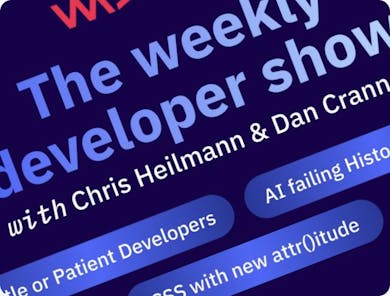Niklas Werker, Norris
Eclipse Che for Infrastructure Automation
#1about 2 minutes
Bridging the tooling gap in infrastructure as code
Infrastructure as code often lacks the sophisticated development tools used in software engineering, creating a need for standardized environments.
#2about 3 minutes
Comparing local and remote cloud development environments
Moving from a local machine setup to containerized remote environments provides consistency, faster onboarding, and improved security.
#3about 1 minute
Structuring development with inner and outer loops
Splitting work into a high-velocity inner loop for development and a quality-gated outer loop for compliance balances speed with stability.
#4about 3 minutes
Building a remote Ansible environment with Eclipse Che
A complete remote development environment can be built using Eclipse Che, devfiles for configuration, and integrated Ansible tools for testing and linting.
#5about 1 minute
Defining workspaces with devfile versus dev containers
Both devfiles and dev containers define development environments as code, but devfiles offer additional features like declarative task definitions for IDE integration.
#6about 4 minutes
Exploring the core features and patterns of Eclipse Che
Eclipse Che provides a Kubernetes-native cloud development environment with features like IDE integration, air-gap support, and patterns for dynamic test infrastructure.
#7about 3 minutes
Demo: Launching a pre-configured Ansible workspace
A devfile in a Git repository can automatically launch a complete VS Code-based IDE in the browser with all necessary extensions and language support pre-installed.
#8about 4 minutes
Demo: Test-driven development with Ansible Molecule
Use Ansible Molecule and declarative tasks to automatically spin up, test against, and tear down dynamic infrastructure directly from the IDE.
#9about 2 minutes
Demo: Generating playbooks with Ansible Lightspeed AI
Ansible Lightspeed provides an integrated AI assistant that generates and explains playbooks from natural language prompts, accelerating development and understanding.
#10about 1 minute
Key takeaways for modernizing infrastructure automation
Adopting declarative development environments is the key to closing the tooling gap and bringing modern software practices to infrastructure as code.
Related jobs
Jobs that call for the skills explored in this talk.
Featured Partners
Related Videos
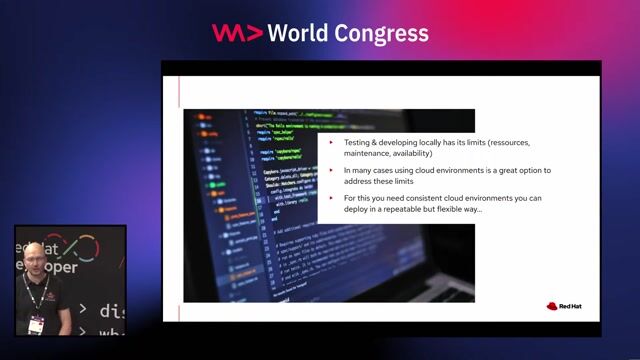 22:41
22:41Dev & Test in the Cloud? Deploy your cloud environments with Ansible & Terraform
Goetz Rieger
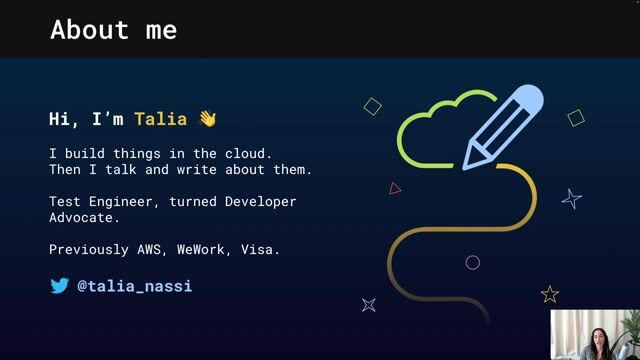 28:34
28:34Building Applications with Infrastructure as Code
Talia Nassi
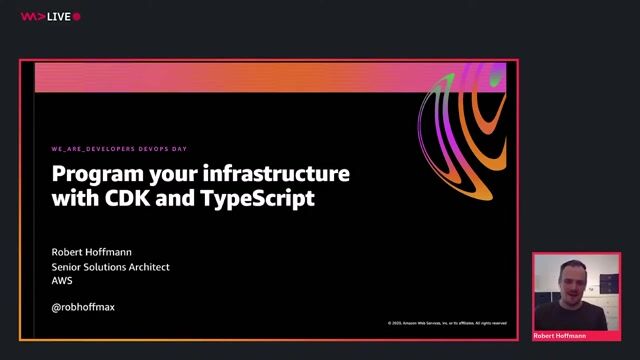 34:39
34:39Program your infrastructure with CDK and TypeScript
Robert Hoffmann
 45:04
45:04Infrastructure as Code: The Developer's Secret Weapon
Hennie Francis
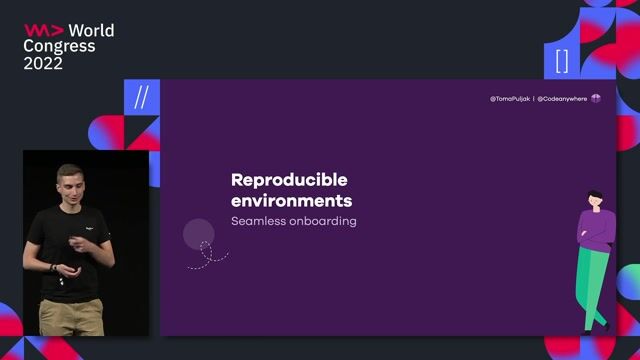 28:55
28:55Solve the “But it works on my machine!” problem with cloud-based development environments
Toma Puljak
 28:09
28:09The AI-Ready Stack: Rethinking the Engineering Org of the Future
Jan Oberhauser, Mirko Novakovic, Alex Laubscher, Keno Dreßel
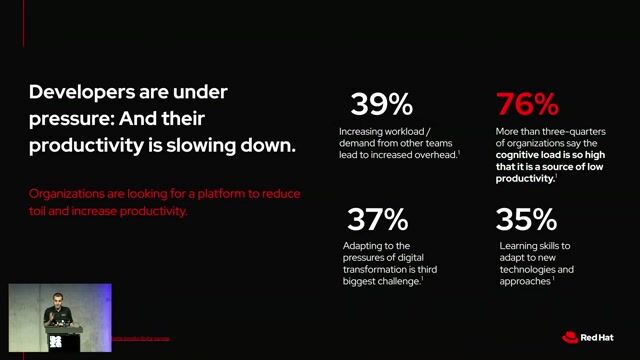 30:51
30:51The internal developer platform and golden paths: Scaffolding for cloud-native development
Natale Vinto
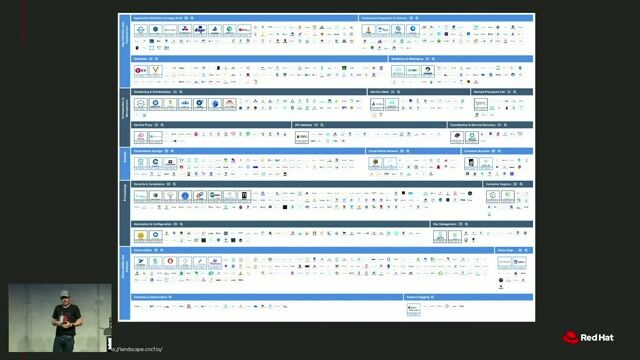 28:09
28:09From Zero to Hero: Launch & Manage Your Cloud Apps with Free OpenShift & Red Hat Developer Hub
Markus Eisele
From learning to earning
Jobs that call for the skills explored in this talk.


DevOps Engineer – Kubernetes & Cloud (m/w/d)
epostbox epb GmbH
Berlin, Germany
Intermediate
Senior
DevOps
Kubernetes
Cloud (AWS/Google/Azure)


Dev Ops / Infra
Roots Energy GmbH
Vienna, Austria
Senior
Python
Docker
Terraform
IT Security
Continuous Integration


DevOps-Engineer für soziale Innovation (m/w/d)
VRG GmbH
Berlin, Germany
Intermediate
Senior
DevOps
Cloud (AWS/Google/Azure)
Devops and software Infrastructure Engineer (Ansible)
Gmv
Municipality of Madrid, Spain
Remote
DNS
GIT
Linux
DevOps
+6
DevOps Engineer - Kubernetes / CI/CD / Docker (m/f/d)
Indra Avitech GmbH
Friedrichshafen, Germany
Remote
Linux
DevOps
Docker
Ansible
+2
Devops AWS
Krell Consulting & Training
Municipality of Madrid, Spain
Intermediate
Java
DevOps
Python
Terraform
Continuous Integration
+1


